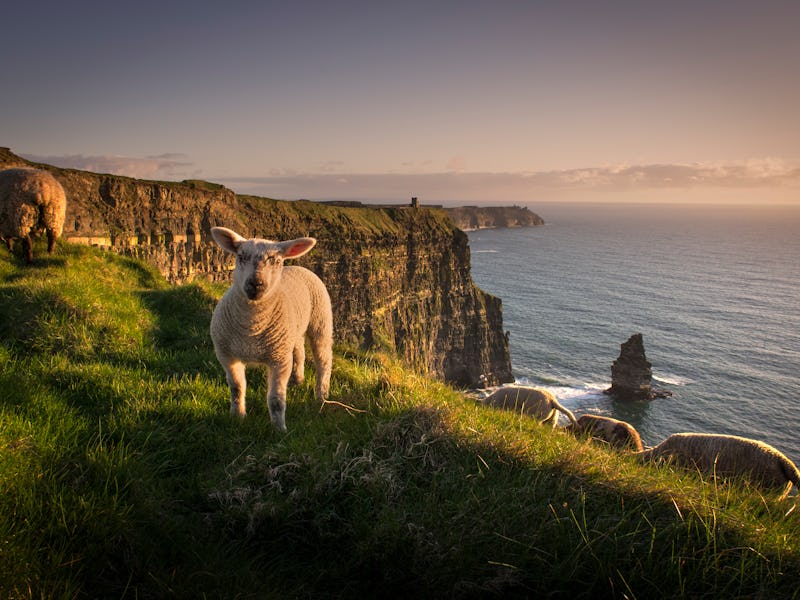An Irish folk medicine can stop antibiotic-resistant bacteria
Modern medicine is taking a lesson from the past.

In hospitals, in our food, and even in the ocean, antibiotic resistance is a problem scientists are hurrying to address.
Researchers discovered one potential solution to the crisis — and it’s more old school than you might think. Alkaline soil from the Boho Highlands of Northern Ireland contains a new strain of bacteria — Streptomyches sp. myrophorea — which inhibits the growth of four of the six multi-resistant pathogens that the WHO calls “high-priority pathogens.”
The results were published in January in the journal Frontiers in Microbiology.
This is #5 on Inverse’s 20 most incredible stories about our planet from 2019.
The soil came from a specific and historically significant site: Sacred Heart Church, located in the town of Toneel North. The Boho Highlands region was significant to Neolithic people, Druids, and early Christian missionaries, as Inverse reported when the study was first published.
There, dirt has been sourced for Irish folk medicine for hundreds — possibly thousands — of years. It’s been used to heal toothaches and infections, for example, by placing a small handful of cloth-wrapped soil next to the ailment.
Using the same soil today for science presents a marriage of past and present, showing how traditional beliefs can inform today’s advances.
“These bacteria produce a plethora of bioactive secondary metabolites that have a range of uses, including as antimicrobials, anti-cancer agents, anti-fungal agents … in addition to various other medicinally important compounds,” study co-author and Swansea senior research officer Matthew Hitchings told Inverse at the time.
Multi-resistant pathogens have been known to cause infections that are extremely difficult to treat, since traditional treatments aren’t effective against them. Since stopping them is so hard, the infections easily spread, particularly within hospitals and healthcare centers.
Developing new antibiotics using combinatorial chemistry could help to eliminate resistant bacteria — but since years of trials haven’t worked so far, scientists are turning to niche environments, like the alkaline environment in the Boho Highlands. The hope is that those places will produce exotic varieties of antibiotic strains that could really work.
Hitchings and his team are working to figure out exactly which component of the new soil-dwelling strain prevents pathogen growth. Purifying and identifying antibiotics from that strain could eventually lead the researchers to developing new and much-needed drugs.
As 2019 draws to a close, Inverse is revisiting the year’s 20 most incredible stories about our planet. Some are gross, some are fascinating, and others truly are incredible. This has been #5. Read the original article here.